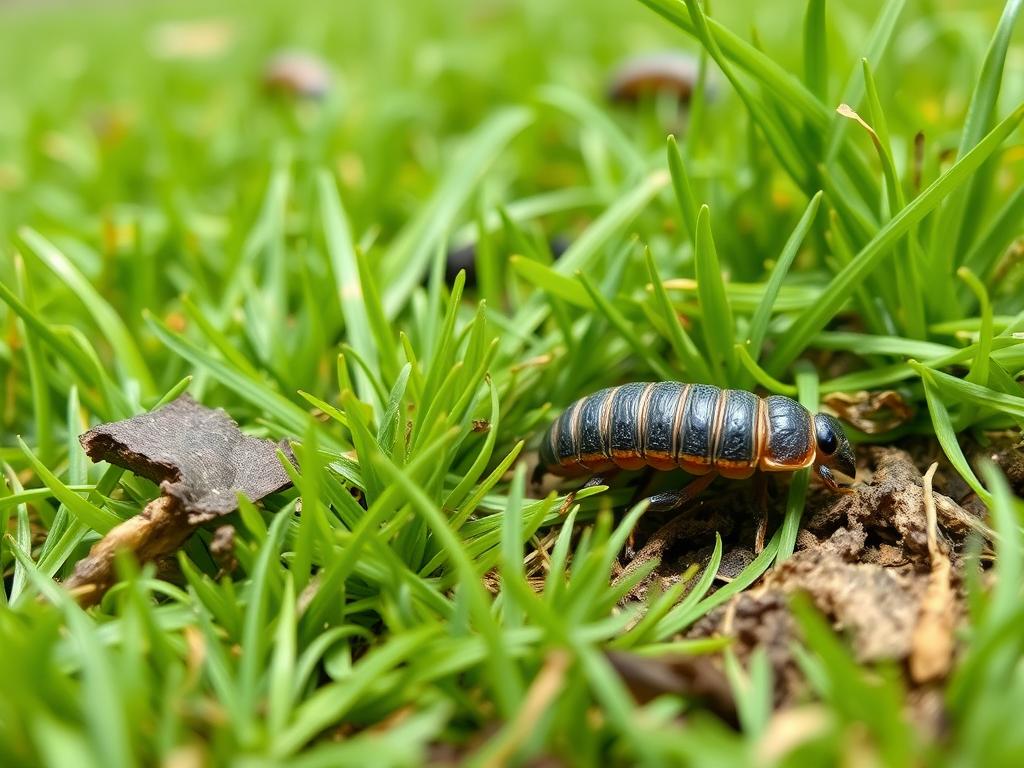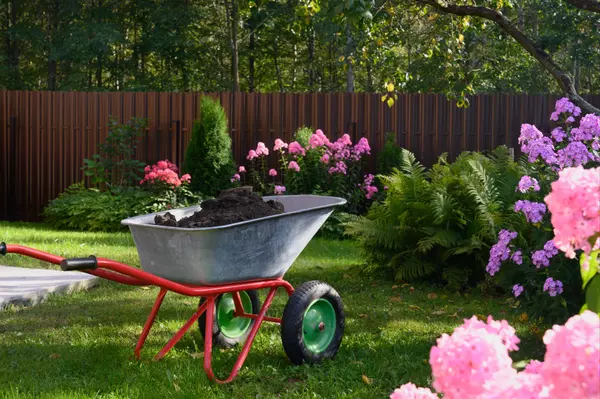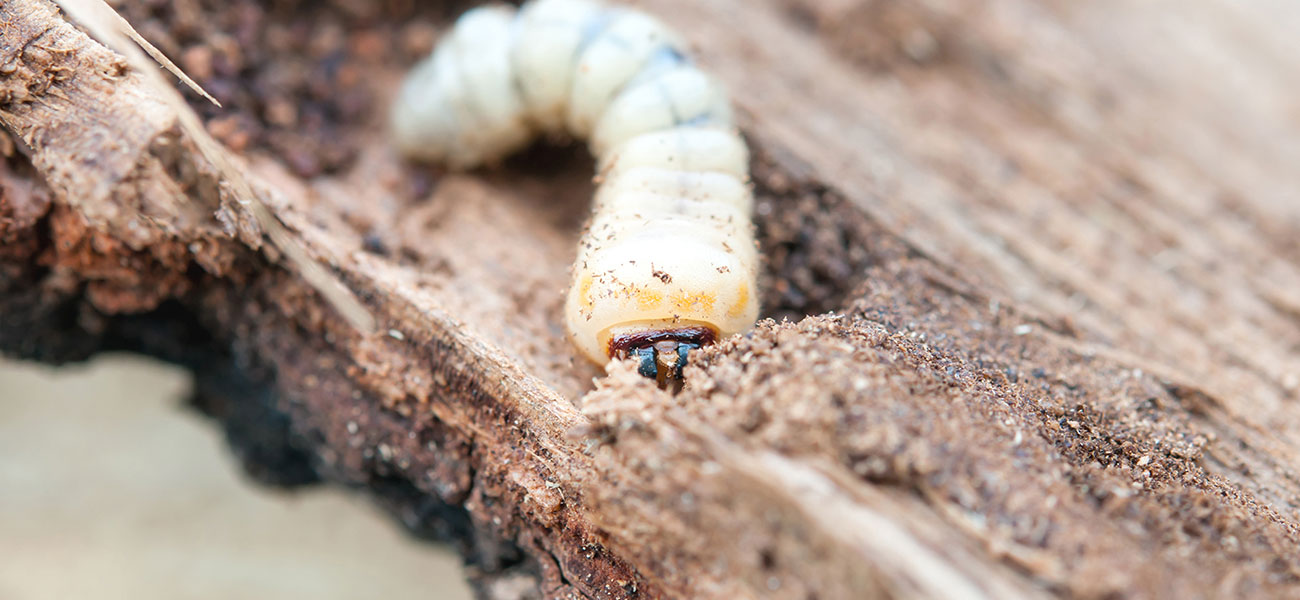How to Identify and Treat Grub Damage in Your Lawn
This post is sponsored by:
Grubs are the larvae of Japanese Beetles, and their presence in your lawn can cause extensive damage if left untreated. These small, white, C-shaped larvae reside underground and feed on the roots of your grass, leading to patchy brown spots and weakened turf. Understanding their lifecycle and implementing a proper control strategy can help prevent irreversible lawn damage.
Identifying Grub Damage
Grub damage often presents as irregular brown patches on the lawn. Because it takes time for sod to turn brown, even green grass may still be infested with grubs. These spots are sometimes mistaken for:
- Drought stress
- Fungal infections
- Pet urine damage
One telltale sign of a grub problem is when grass peels away easily like a loose carpet, revealing white, curled grubs underneath. Additionally, birds, raccoons, and skunks may frequently visit your lawn to feed on these larvae, further damaging the turf.
The Lifecycle of Grubs & Japanese Beetles

Grubs begin appearing in late May and early June, which is when Japanese Beetles lay their eggs. Once these eggs hatch, the larvae start feeding on the roots of your grass, causing severe damage over time. If left untreated, grubs can chew through large sections of your lawn, sometimes destroying it completely in just one season.
How Japanese Beetles Impact Your Plants
Once grubs mature into Japanese Beetles, they don’t stop at your lawn. These adult beetles will also feed on a variety of ornamental plants, flowers, and trees, including:
- Roses
- Crepe Myrtle
- Linden Trees
- Hibiscus
- Crabapple Trees
This feeding damage is known as “skeletonization”, where beetles consume the upper leaf surface and leave a lace-like pattern of veins. They may also chew entire petals off roses and other flowering plants, creating unsightly ragged holes.
Why Pheromone Traps Aren’t the Best Solution
Many homeowners use pheromone traps to catch Japanese Beetles, but recent studies conducted by the University of Kentucky and Eastern Illinois University found that these traps often cause more harm than good. Here’s why:
- The traps attract beetles from all around the area.
- Many beetles never make it into the trap but instead land on nearby plants, causing increased damage.
- This method does not prevent next year’s beetles, as it does not disrupt the lifecycle of grubs.
Instead of relying on pheromone traps, it’s best to treat the root cause—grubs—before they have a chance to mature.
How to Prevent Grub Damage
The most effective way to control Japanese Beetles is to eliminate grubs before they develop into adult beetles. A preventative grub control treatment will kill larvae as soon as they hatch, stopping the next generation from ever forming.
Best Practices for Grub Prevention
- Apply a grub control treatment in late spring or early summer, when eggs hatch.
- Use a systemic insecticide that is designed to target young grubs before they start feeding on grass roots.
- Water the treatment into the soil to ensure it reaches the larvae underground.
- Maintain a healthy lawn with proper mowing, watering, and fertilization, as stressed grass is more vulnerable to grub damage.
Additional Benefits of Grub Control
By treating your lawn for grubs, you also help prevent mole and vole infestations. These underground pests feed primarily on grubs, so by eliminating their food source, you significantly reduce their presence in your yard.
When to Seek Professional Help
If your lawn has widespread damage, you may need a professional lawn care service to assess the severity of the infestation. Canopy Lawn Care provides expert grub control treatments and comprehensive lawn maintenance plans to keep your yard healthy and pest-free.
Get a Free Quote Today!
Categories
Recent Posts













